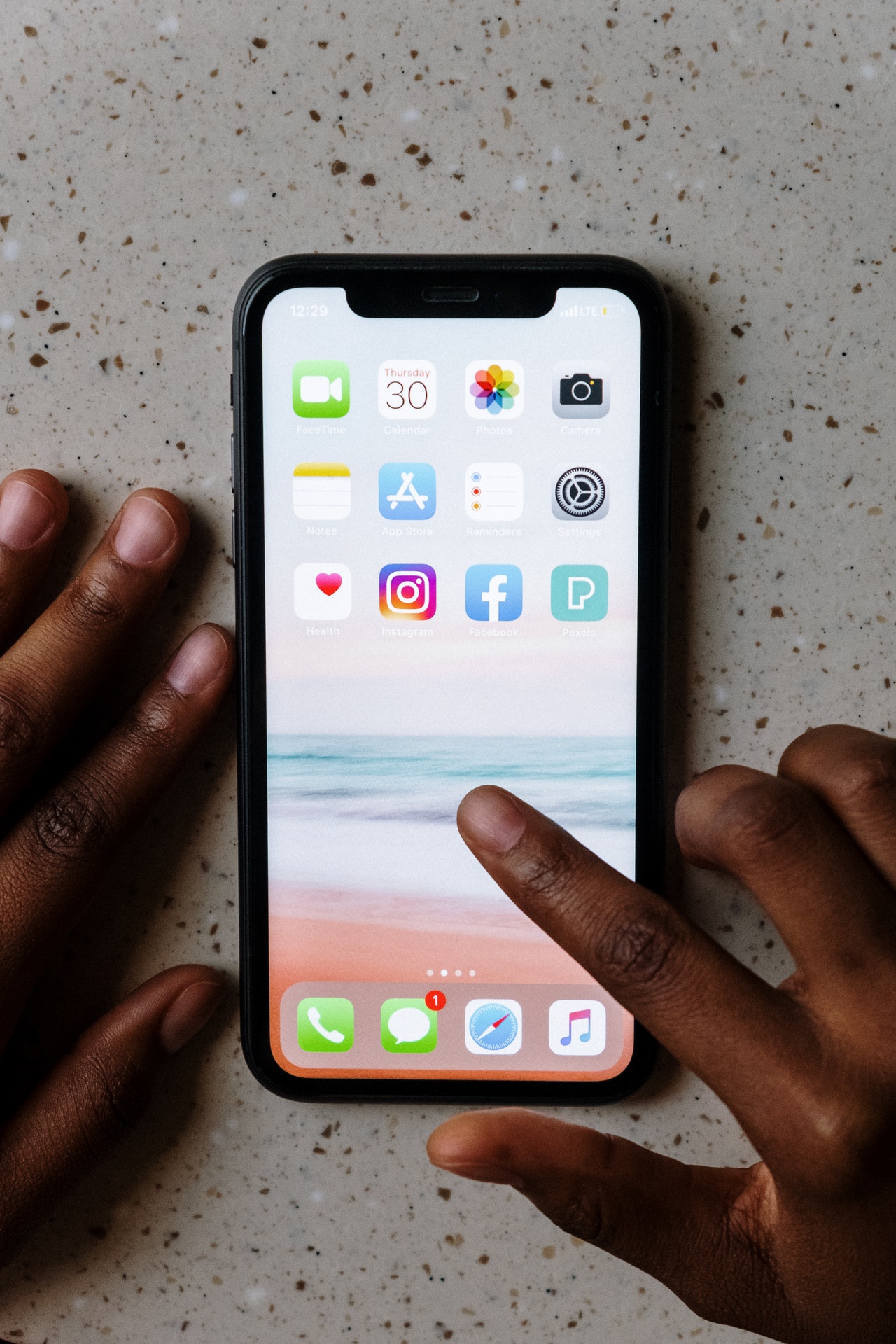Apple has revolutionized the mobile market, transforming the humble cell phone into a portable computer as well as a state-of-the-art video recorder and camera that slips right into your pocket. With so many features packed into a tiny device, it is little wonder that many iPhone owners are barely scratching the surface in terms of what this mobile device can really do.
In this article, we share 10 iPhone tips for optimum performance.
1. Use Airplane Mode for faster charging.
Turning on Airplane Mode automatically disables many of your phone’s features, including WiFi and cellular networking. By switching to Airplane Mode before charging, you reduce demand on the battery, enabling it to charge more quickly.
Open Control Center and tap the airplane icon, taking care to turn Airplane Mode off again when you have finished charging.
2. Use backspace in Calculator.
Frequent Calculator app users will appreciate how frustrating it is to have to start from scratch just because you mistyped a single digit. The concealed backspace function is an extremely helpful feature many users are unaware of.
If you make a mistake when inputting a number, instead of tapping the “C” button, simply swipe left or right where the digits are displayed at the top of the screen. This motion serves as backspace, automatically deleting the last digit you entered.
3. Update apps simultaneously with just one click.
Apple attempts to ensure that all content is current, but with so many apps on offer, updates do not always occur immediately. Sometimes it can take several days for changes to take effect.
To manually update all of your apps with a single click, simply initiate the App Store and tap on your avatar in the top right-hand corner of the screen. This will open the Account menu. Tap on the “Update All” option at the bottom of the screen to update every app at once.
4. Use Notes to scan documents.
The Notes app enables you to share key documents using your iPhone camera, eliminating the need for a scanner.
To use this function, start your Note, then tap on the camera icon. Select “Scan Documents.” Point your iPhone at the file you want to scan, and it will automatically capture an image. You will then be prompted to rotate, crop, convert to black and white, retake, or scan another document.
5. Avoid distractions while driving.
When the “Do Not Disturb While Driving” facility is turned on, the iPhone recognizes when you are on the road and silences calls, text alerts, and all other notifications to help you concentrate. To turn it on, select the option from within Settings > Control Center > Focus > Driving.
6. Hide private photos.
We all give our phones to friends and family when we want them to see our latest photos and videos. However, you may not wish to share images from your recent vacation with your manager as they swipe through your presentation stills. iPhone enables users to shield personal photos from view.
In Photos, select one or more images, tapping Share and selecting Hide. Selected images will disappear from every location of the library, safely stored away in the Hidden folder in Albums.
7. Locate missing AirPods using Siri.
These wireless Bluetooth earbuds quickly gained traction as Apple’s most popular accessory, filtering out background noise to deliver unparalleled sound quality. Their portability does make them susceptible to being misplaced, however.
Luckily AirPods can easily be traced using your iPhone. Simply ask Siri, “Find my AirPods.” Your earbuds will then emit a loud burst of sound, helping you to track them down.
8. Use your iPhone as an Apple TV remote.
The Apple TV remote’s diminutive size also predisposes it to being mislaid. Fortunately, your iPhone can easily serve as a substitute remote. This can be achieved by either downloading the Apple TV Remote app to your phone, or by selecting the remote icon in the Control Center.
9. Switch to a one-handed keyboard.
Not everyone likes using both hands to type. To switch to a one-handed keyboard, start your message normally, then look for the globe or emoji button, selecting either the left-handed or right-handed keyboard from the popup menu. The keyboard will then shift to your preferred side, enabling you to type with one hand.
10. Scan a QR code using the Camera app.
QR, or Quick Response, codes are used with increasing frequency in daily life. These black and white pixelated little squares do not look like much, but they are capable of storing vast amounts of data. QR codes essentially work like barcodes. They can be read by a smartphone or mobile device, making them particularly valuable in tracking and tracing individuals exposed to the coronavirus and slowing the spread of the disease.
To use your phone as a QR reader, open the Camera app, framing the QR code in the viewfinder. Click on the displayed URL, and iPhone will open up Safari, taking you to the appropriate webpage.

